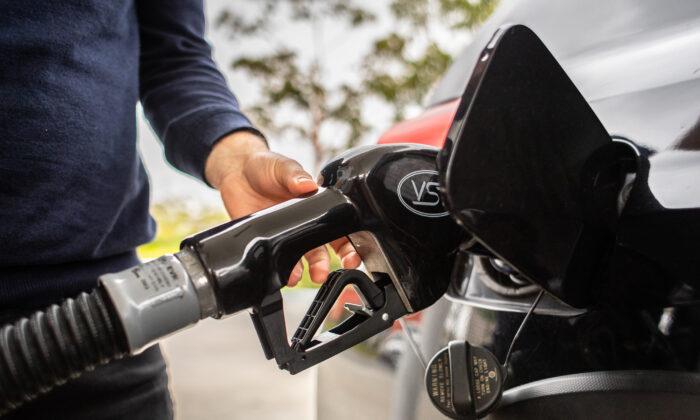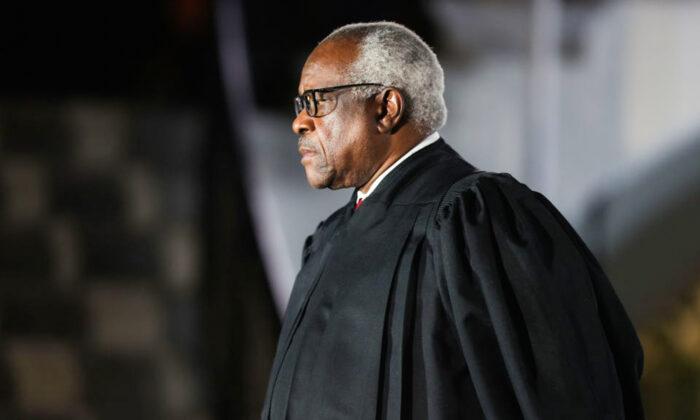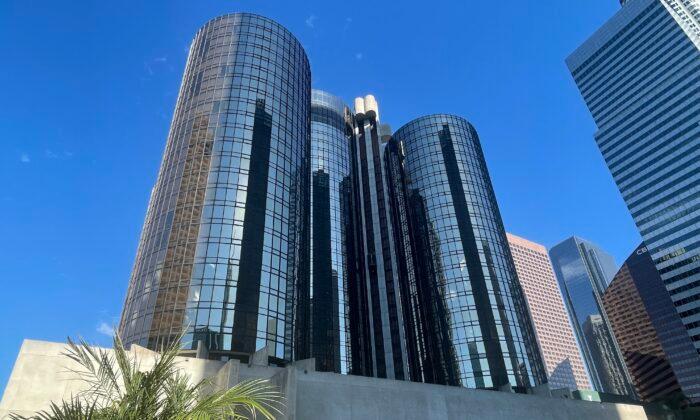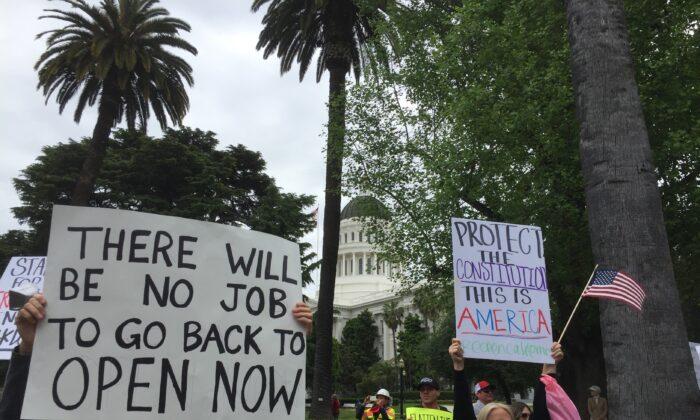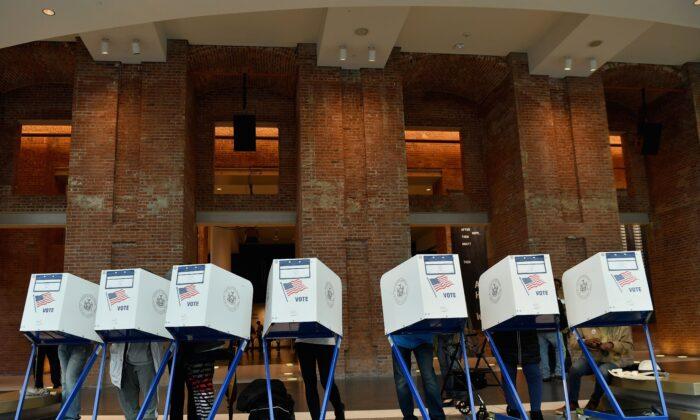From January 2020 to April 2022, the price of a gallon of gas in the U.S. increased 64 percent from $2.58 to $4.22. That’s seven times faster than the increase in the Consumer Price Index (CPI).
The fact that gas prices are increasing so much faster than the overall increase in inflation has led to charges that oil companies are a cartel and using their market power to jack up gas prices and reap big profits. President Biden added fuel to the fire—no pun intended—by saying, “Oil and gas companies shouldn’t pad their profits at the expense of hard-working Americans.”
The President’s attack on oil companies is nothing new. Whenever gas prices surge, it’s easy to point fingers and play the blame game. After all, if oil companies aren’t responsible for surging gas prices, who is?
Before answering that question, it’s revealing to take a longer-term perspective on gas prices. Most people will be surprised to learn that gas prices actually declined from $3.31 in January 2014 to $2.55 by January 2020. That decline of 23 percent over a six-year period compares to an increase in the CPI over the same period of 10 percent. That means for six years, from 2014 to 2020, gas prices were declining while overall prices were on the increase. It’s only been since early 2020 and especially since the Russian invasion of Ukraine that gas prices have taken off.
But if oil companies are so adept at colluding on prices, why did this supposedly all-powerful, all-knowing cartel allow prices to steadily decline for such a long period of time and wait until 2020 to turn on the accelerator?
Something happened.
What happened is that the pandemic cut deeply into the demand for gasoline. By April 20, 2020, crude oil price contracts actually dropped to a negative $37 a barrel. This effectively shut off the flow of capital to fund new exploration. Even worse, new fracking sites weren’t developed to replace old ones. As a result, the production of crude dropped from a pre-pandemic high of almost 13 million barrels per day in late 2019 to 9.7 million barrels by May 2021, a whopping decrease of 25 percent in only a year and a half.
But why, after the demand for gasoline increased again as pandemic lockdowns were removed, didn’t the supply of crude oil come back? The latest production level of 11.6 million barrels per day is still 11 percent below its pre-pandemic peak, and that’s in spite of sharply higher crude oil prices.
The White House would like us to believe that the lethargic supply response on the part of oil companies to sharply higher demand is related to its power as a cartel to keep gas prices and therefore its profits as high as possible.
What the President ignores is his role in holding back the supply of crude oil. His war on fossil fuels has led to restrictions on oil exploration leases on federal lands. New environmental standards, as well as tougher oversight of existing regulations, have created disincentives in reopening existing wells as well as exploration for new drilling. Global climate tests have also served as justification for disapproving new oil and gas pipelines. And in spite of the geopolitical implications of pressuring European nations to cut off their dependence on Russian crude, the White House is unwilling to reverse its decision to kill the Keystone XL pipeline.
These governmental constraints have dampened incentives for a more forceful supply response on the part of oil companies. On top of all that, new banking regulations and ESG (environmental, social, and governance) criteria foisted on fossil fuel producers made it more difficult for financial institutions and private equity firms to fund oil exploration.
The key to understanding the recent surge in gas prices is not conjuring images of oil executives in a backroom figuring out how best to gauge its customers. Rather, it’s to look at the supply of crude. When supply increased between 2014 to 2020, gas prices declined. But when the supply plummeted after the pandemic hit in early 2020, gas prices increased.
The only positive response the administration has offered to increase crude oil supplies is the announcement to tap 1 million barrels of oil per day from its strategic reserves. Although this temporary fix will help, it’s a drop in the bucket when compared to current market needs.
The best thing the government can do now is to end its assault on fossil fuels, an assault that serves to hold back supply. The oil industry doesn’t need subsidies. Rather, it needs government to get out of the way and allow free markets to do their magic—namely, allowing the spike in gas prices to create strong incentives for oil companies to get fuel to gas pumps as quickly as possible. That’s what it will take to get supply in sync with demand.
